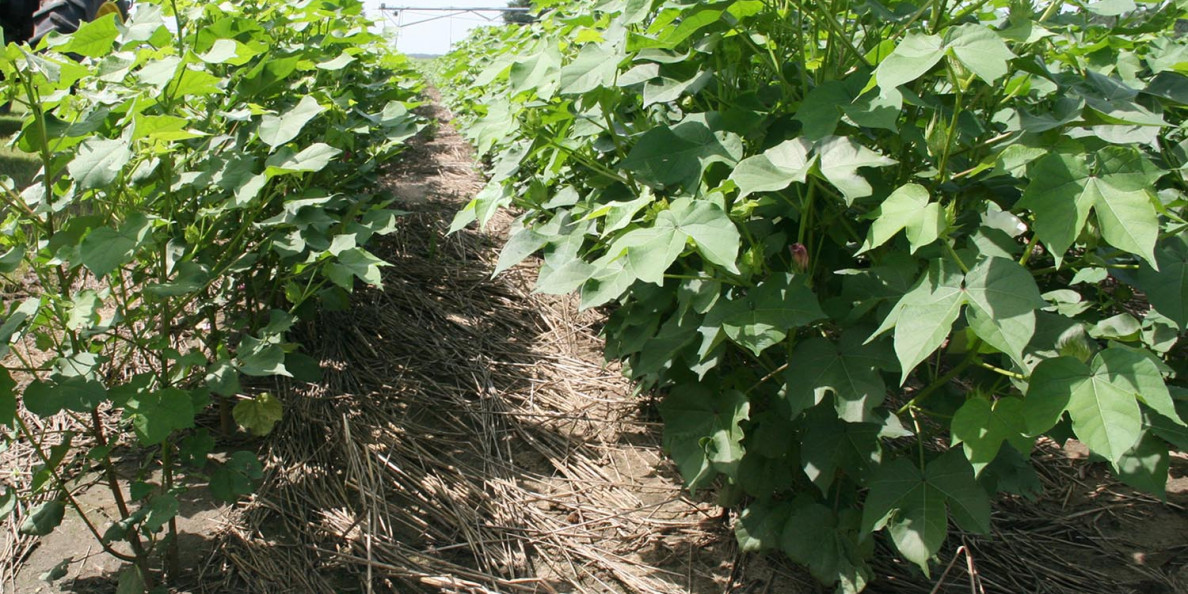Cover crops, even when planted late, offer value to cotton production systems.
Researchers at the West Tennessee AgResearch and Education Center in Jackson, Tenn., say cover crops are not a quick fix to improve poor soils. "It takes time to improve a less-than-healthy soil profile," says Forbes Walker, professor, Biosystems Engineering and Soil Science, University of Tennessee, who has worked with several west Tennessee cotton producers evaluating cover crops. "We are learning that you don't plant cover crops by a specific calendar date, but rather, according to soil moisture."
Cover crops planted later can be better than those planted early when soil moisture and temperatures are adequate late in the season.
Walker has also seen results from cover crops in cotton appear sooner than in corn. A few Tennessee farmers are getting yield bumps, but enhanced water infiltration rates improve soil moisture levels.
"My soils were severely eroded from years of conventional tillage and monocropping cotton," says Matt Griggs, who farms a corn, soybean, wheat, cotton and cereal operation in Madison, Crockett, and Gibson counties. "Since I began cover cropping my cotton, I've been able to reduce my nitrogen from 80 pounds per acre to 40 pounds per acre, and my soil, which was once very platy, now crumbles."
The last few years, his cover crops have been supplying nitrogen and moisture to a point where he has experienced difficulty defoliating. "My cotton is getting what it needs, so it wants to keep growing," Griggs says. "It's not a bad problem to have."
Hardeman County producers Barry Lake, and his son, Brian, plant cereal rye, crimson clover, winter peas, purple top turnips, and wheat. "We feel like it's actually mulching the crop for the summer," Barry says. "It helps keep the micro-organisms going during the winter months and helps to convert that natural fertilizer back into a useable form."
Lori Duncan, Extension specialist, Biosystems Engineering and Soil Science, University of Tennessee, knows that farmers who stick with cover crops will eventually start seeing advantages. "Cover crops scavenge nutrients that were not used by the crop during the production season," Duncan says. "We often get questions from farmers related to legume species and the level of nitrogen they offer, so we pulled some biomass samples and determined that 30 to 60 pounds of nitrogen an acre can be acquired through legume fixation."
UT Institute of Agriculture's recommended nitrogen application rates are 60 to 80 pounds an acre for cotton. "In the future, we would like to design a research project where we apply less nitrogen in cover-cropped cotton to see if yields would be affected," Duncan said.


